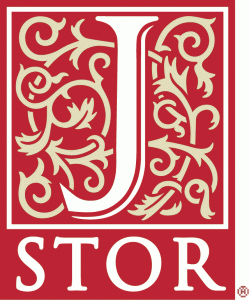
Contemplate
the myriad forms of love: from the
always-intriguing website Letters of Note, here's a heartwarming, personal response from Ayn Rand to a lovelorn letter-writer, who wrote asking the meaning of a sentence in The Fountainhead.
And
by "heartwarming" I mean obtusely, ideologically, and entirely
Objectivist, in the way only someone who took her own ill-formed ideas
of "rational self-interest" entirely too much to heart.
By 1948, the former Alisa Zinov'yevna Rosenbaum
was a successful novelist, screen-writer and (in 1947) had already
been a "friendly witness" for the House Un-American Activities
Committee. A film version of The Fountainhead,
with a screenplay written by her and starring Rand's own choice of Gary
Cooper as ideology-driven architect Howard Roark, was in the making.
She had a developing circle of friends that included economist Ludwig
von Mieses (currently the libertarians' favorite go-to-guy for
free-market capitalism), who pointedly called the writer "the most
courageous man in America." She loved it.
By the time she published the thousand pages of Atlas Shrugged
in 1957, Rand's megalomania was on full display: in one contemporary
interview she referred to herself as "the most creative thinker alive."
Reminiscent of Alexander the Great who wept because he had no new worlds
to conquer, Rand then fell into a severe depression that may have been
aggravated by her use of prescription amphetamines.
She
recovered her stride. As time went on her admirers surrounded her in
cult-like reverence as Rand expressed opinions on a wide range of
topics, including literature, music, sexuality, even facial hair. Some
of her followers mimicked her preferences, wearing clothes to match
characters from her novels and buying furniture like hers -- not to
mention the scrawling of "Who is John Galt?" in the men's rooms of a
thousand college-town bars.
This
single-minded adulation badly warped her own wobbly opinions: at one
point she remarked that in the history of philosophy she could recommend
only "Aristotle, Aquinas, and Ayn Rand."
But in 1948, all that lay ahead. The Fountainhead, written in 1943,
had become a wildly popular fiction of romance, media manipulation ...
and blowing up your own compromised building in swooning self-interest
to personal vision. Who better to ask for an explanation of romantic
love than Ayn Rand?
May 22, 1948Dear Ms. Rondeau:You asked me to explain the meaning of my sentence in The Fountainhead: "To say 'I love you' one must first know how to say the 'I."The meaning of that sentence is contained in the whole of The Fountainhead. And it is stated right in the speech on page 400 from which you took the sentence. The meaning of the "I" is an independent, self-sufficient entity that does not exist for the sake of any other person.A person who exists only for the sake of his loved one is not an independent entity, but a spiritual parasite. The love of a parasite is worth nothing.The usual (and very vicious) nonsense preached on the subject of love claims that love is self-sacrifice. A man's self is his spirit. If one sacrifices his spirit, who or what is left to feel the love? True love is profoundly selfish, in the noblest meaning of the word — it is an expression of one's highest values. When a person is in love, he seeks his own happiness — and not his sacrifice to the loved one. And the loved one would be a monster if she wanted or expected such sacrifice.Any person who wants to live for others — for one sweetheart or for the whole of mankind — is a selfless nonentity. An independent "I" is a person who exists for his own sake. Such a person does not make any vicious pretense of self-sacrifice and does not demand it from the person he loves. Which is the only way to be in love and the only form of a self-respecting relationship between two people.Ayn Rand














